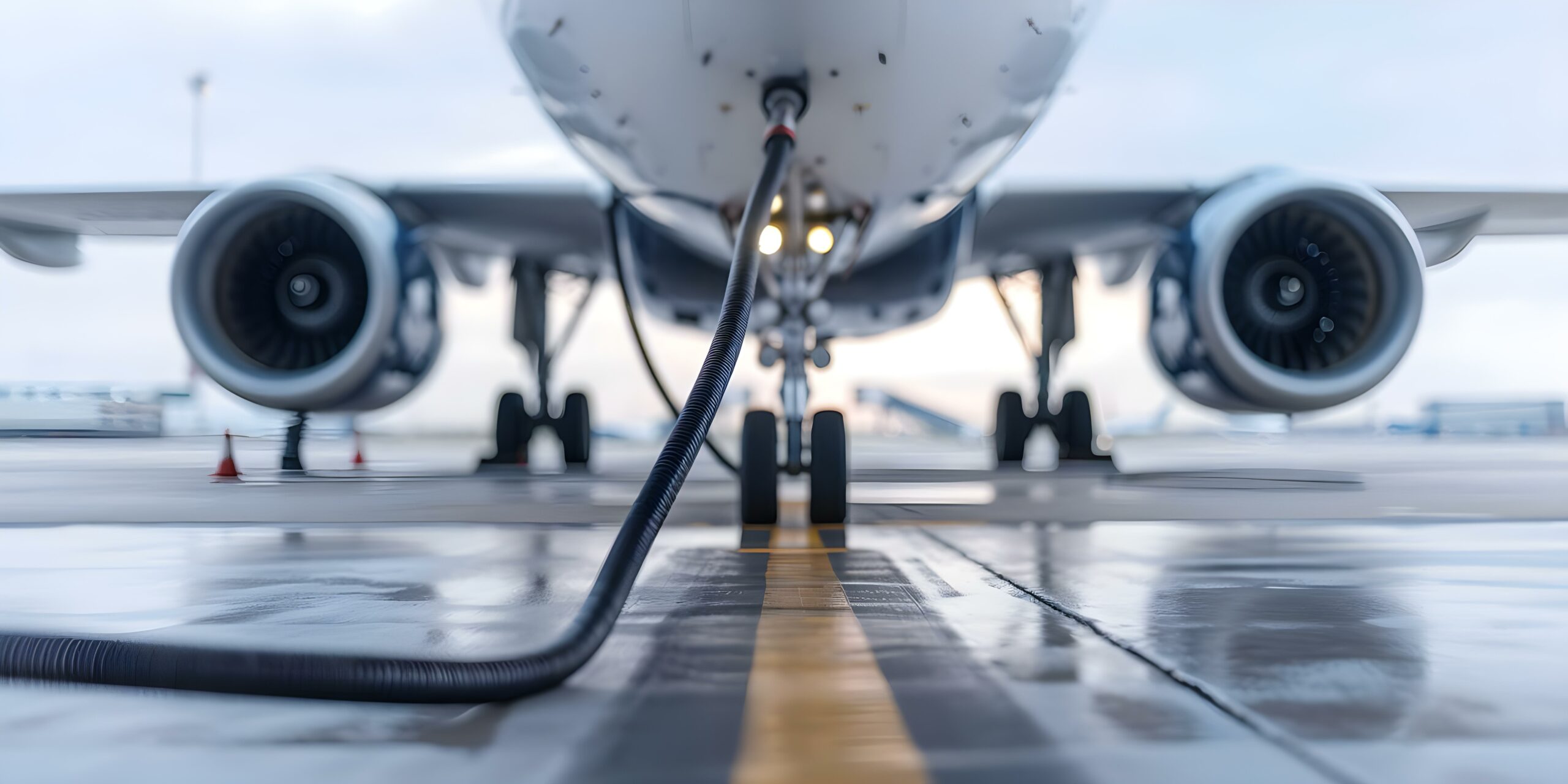The aviation industry has always been a symbol of human innovation and connectivity. From the Wright brothers’ first flight to the supersonic speeds of the Concorde, aviation has pushed boundaries and brought the world closer together. But as the world becomes increasingly aware of environmental challenges, the industry is under pressure to evolve once again—this time toward sustainability. As an aircraft mechanic, I find this transition both exciting and essential, and I’m proud to be part of a profession that plays a critical role in shaping the future of sustainable aviation.
The Environmental Impact of Aviation
Air travel is an integral part of modern life, but it comes with significant environmental costs. Aircraft engines emit greenhouse gases, primarily carbon dioxide (CO2), which contribute to climate change. In 2019, the aviation industry was responsible for about 2.5% of global CO2 emissions. While this might seem small, the sector’s rapid growth and high energy demands mean its share of emissions is expected to increase.
This reality has driven a shift in focus for the aviation industry. Airlines, manufacturers, and regulators are now investing in technologies and strategies to reduce emissions, improve fuel efficiency, and minimize environmental impacts.
Electric Planes: Taking Flight Without Fossil Fuels
Electric planes are one of the most promising advancements in sustainable aviation. By replacing traditional jet fuel with electricity stored in batteries, these aircraft eliminate direct CO2 emissions during flight. Companies like Eviation and Pipistrel are already developing and testing electric aircraft, with a focus on regional and short-haul flights.
However, electric aviation still faces significant challenges. Batteries are heavy and currently lack the energy density needed for long-haul flights. As a mechanic, I can imagine how maintaining and repairing electric planes will differ from working on conventional aircraft. Understanding the complexities of battery technology and electric propulsion systems will become a new frontier for aviation professionals.
Biofuels: Bridging the Gap
While electric planes are still in development, biofuels offer a more immediate solution. Sustainable aviation fuels (SAFs) are produced from renewable sources such as agricultural waste, algae, and even used cooking oil. These fuels can reduce lifecycle CO2 emissions by up to 80% compared to traditional jet fuel.
What’s exciting about SAFs is that they can often be used in existing aircraft without significant modifications. This compatibility makes them a practical step toward sustainability, especially for long-haul flights where electric planes aren’t yet viable. As a mechanic, I’ve seen the gradual adoption of SAFs in the industry and anticipate the need for updated training to ensure aircraft systems remain optimized for these fuels.
Hydrogen: The Fuel of the Future?
Another exciting development is the use of hydrogen as an aviation fuel. Hydrogen-powered aircraft would produce water vapor as their only byproduct, making them a truly zero-emission solution. Airbus, for example, has announced plans to develop hydrogen-powered commercial planes by 2035.
However, working with hydrogen poses unique challenges. The storage and transportation of liquid hydrogen require specialized equipment and infrastructure. Mechanics like myself will need to adapt to handling these new systems safely and efficiently. Despite the hurdles, hydrogen has the potential to revolutionize aviation sustainability.
The Role of Mechanics in Sustainability
Aircraft mechanics play a vital role in the shift toward sustainable aviation. Whether it’s maintaining electric propulsion systems, ensuring the safe use of SAFs, or working with hydrogen storage systems, mechanics are at the forefront of these technological advancements.
To prepare for these changes, ongoing education and training are crucial. Organizations are already offering courses on sustainable aviation technologies, and I’ve made it a personal goal to stay informed about these developments. By understanding the intricacies of new systems, mechanics can ensure that sustainability doesn’t come at the cost of safety or reliability.
The Bigger Picture: Industry Collaboration
Sustainability in aviation isn’t just about new technologies; it’s also about systemic change. Airlines are optimizing flight paths to reduce fuel consumption, airports are adopting renewable energy sources, and manufacturers are designing lighter, more aerodynamic aircraft.
Collaboration between stakeholders is essential. Governments need to provide incentives for sustainable practices, companies must invest in research and development, and professionals like myself must embrace innovation. Together, we can create an aviation industry that meets the needs of travelers while respecting the planet.
Why This Matters to Me
As someone who has spent over a decade working on aircraft, I’ve seen firsthand the impact of aviation on the environment. I’ve also witnessed the incredible ingenuity of this industry. The shift toward sustainability represents an opportunity to combine these two perspectives: solving environmental challenges while continuing to innovate and inspire.
I’m particularly passionate about the role mechanics can play in this transition. Our work ensures that every new technology—no matter how groundbreaking—is safe, efficient, and reliable. It’s a responsibility I take seriously, and it’s one that gives me hope for the future of our industry.
Charting a Sustainable Course
The future of aviation is green, and the journey toward sustainability is already underway. Electric planes, biofuels, hydrogen, and other innovations are not just ideas—they’re becoming realities. As a mechanic, I’m proud to be part of an industry that’s taking these challenges seriously and working toward a brighter future.
While the road ahead won’t be easy, the potential benefits are immense. A sustainable aviation industry doesn’t just mean fewer emissions; it means preserving the wonder of flight for future generations. It’s a goal worth striving for, and I’m excited to contribute to this transformation—one plane at a time.
Let’s keep pushing the boundaries of what’s possible, and together, we’ll ensure that the skies remain open and sustainable for all.
